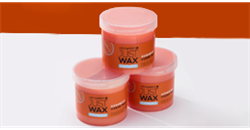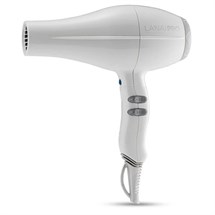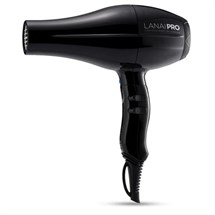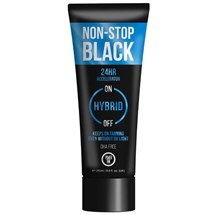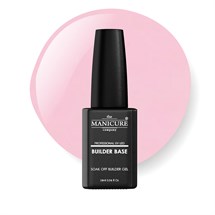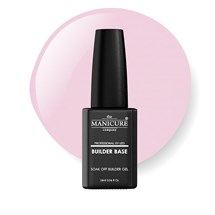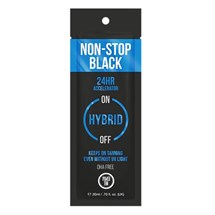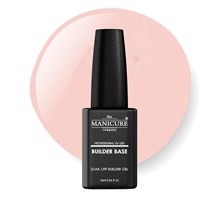Menu

Skin Cycling 101
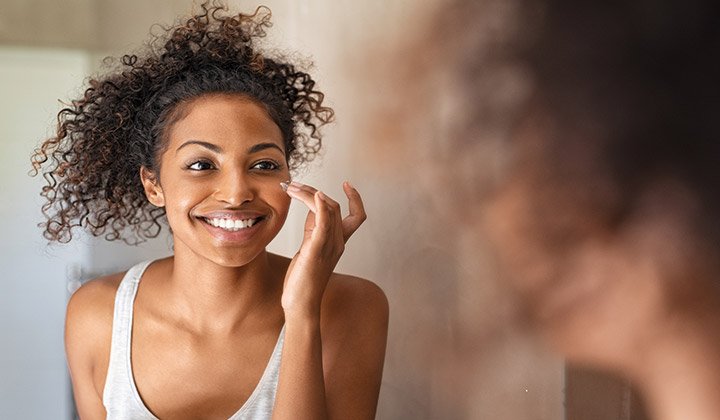
Skin Cycling 101
If you ever spend time on social media, then you'll definitely have heard about skin cycling, or skin fasting. During the pandemic, this three-step regime rose to popularity as many of us had more time to spend on pursuing our 'perfect' skin. Read on to find out the what and why of skin cycling and how you can build it into your beauty therapy menu.
What is Skin Cycling?
Skin cycling is a skincare regime that builds in active days that feature ingredients that work to slough off dead skin cells, followed by a rest day where your skin gets to heal and hydrate. Think of it as like starting a new workout or gym routine; you wouldn't go every day because your body needs to rest. Skin cycling works on the same premise, starting with a day of exfoliation, a day of Retinol—a well-known active—and a day or two of rest, depending on your skin type. Then you start all over again. Here's why:
First, Exfoliate
Exfoliation is the first step in enabling products to penetrate the skin because it removes any dead skin cells that directly impact the look and feel of the skin. In the salon, this could mean a liquid peel, like the Monuskin Monuplus Resurface and Peel Lotion from the Monuskin Monuplus Resurface and Peel Homecare System —it does double duty combining exfoliating enzymes with AHAs to really work on dry and dehydrated skin. You can also advise clients on a gentle solution they can use at home. This could be a BHA liquid that they pat into the skin before hydrating their skin in the evening, or they could use a face wash with Salicylic Acid in the mornings, which is a great option for those with more sensitive skin.
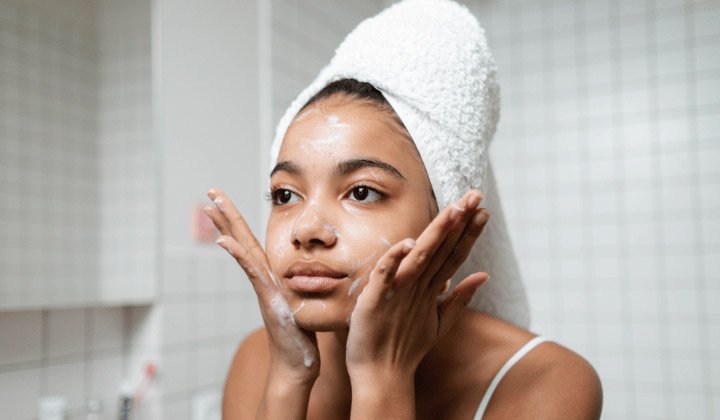
One caveat with exfoliating—it's easily overdone. Overuse of exfoliating ingredients can leave skin feeling sensitive and dry, and worst case, it can even compromise the delicate skin barrier. Once this happens, it's important to stop any use of active ingredients and focus on hydration. When it comes to your clients, it's important to note any changes in their at-home skincare routine so that whatever treatment you're applying doesn't affect their skin in a negative way. And vice versa; check in with your clients and tell them what they should focus on in the coming weeks post-treatment, so that they can make the most of the treatment they've received from you.
Next, Activate
Once the skin has been exfoliated on night one, the next night is the opportunity to take advantage of that smoother surface, with a Retinoid. Retinoids are derivatives of Vitamin A, known to accelerate cell turnover and help to reduce the look of wrinkles, fine lines, and pores. The most popular Retinoid is undoubtedly Retinol, but Tretinoin is also becoming popular, although it works faster than Retinol and as such can cause some skin irritation. The key is to find the right ingredient and formula for your client—Retinoids come in the form of serums and moisturizers and should only be applied as part of an evening skincare routine. SPF the following morning—every morning—is a must to ensure the skin doesn't become oversensitive, red, and irritated. The +serumology Retinol Overnight Serum, is a powerful anti-ageing treatment that uses hydrating Sea Kelp and organic Pine Oil to promote Collagen production, a natural occurring protein that keeps skin looking plump and glowing.
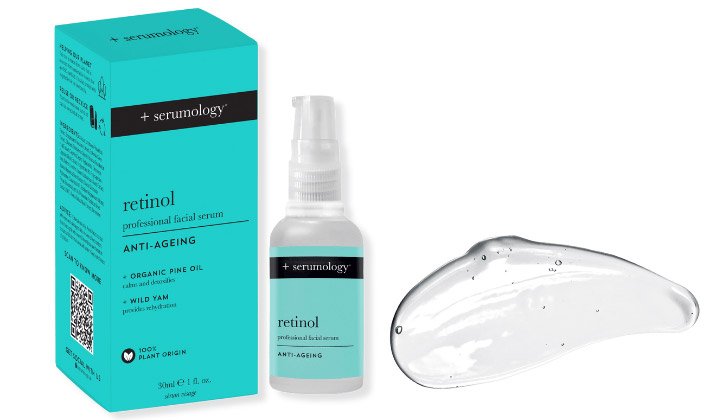
Now, Rest
After two active nights, it's time to give the skin time to restore and rejuvenate itself with ingredients that hydrate. Focus on creating a 'moisture sandwich' with mists, serums, and creams that contain Glycerin, Hyaluronic Acid, and Vitamins C and E and always start with damp skin. This way the skin has the best chance of reaping all the hydration benefits. Monuskin Hydrating Moisturizer SPF15 is the perfect complement to a skin cycling regime, as not only does it keep skin hydrated with Blackcurrant Seed Oil, it also features SPF which is a vital skin protector for anyone who wants to see the benefits of skin cycling.
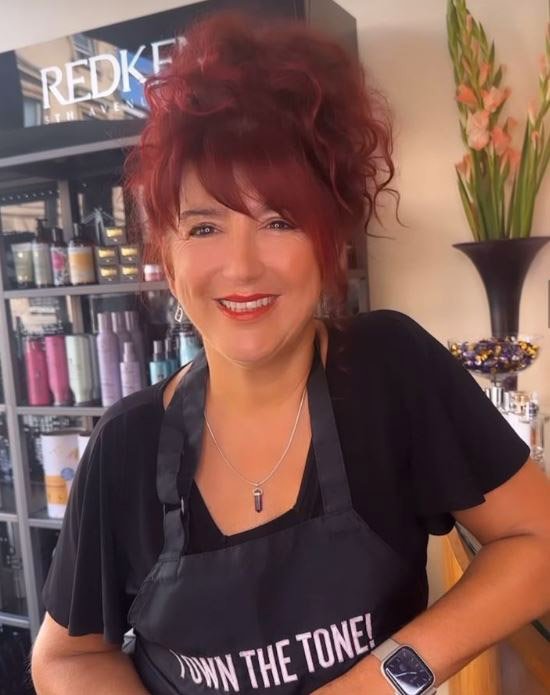
Marina Hodgins of Fringe Benefits and La Bella Beauty in Gloucester gives her top tips to teaching your clients about skin cycling and recommending treatments that work alongside the regime.
- Start Slowly: If your client is new to either exfoliation or Retinol, it's important to start with lower concentrations and assess their skin's reaction. Once you know there is no irritation, you can gradually increase frequency or concentration.
- Patch Test: A patch test is always recommended when you're ready to try something new on your clients to ensure there's no adverse reaction.
- SPF: Don't forget, daily application of SPF is vital when using Retinol, as it is known to increase the skin's sensitivity to UV rays.
- Complementary: Customized facials will complement your clients' skin cycling regime as you can offer a bespoke treatment.
Consider incorporating gentle exfoliation, a hydrating mask, or massage techniques to enhance relaxation and results.
Shop all your skincare needs and more at capitalhairandbeauty.co.uk and capitalhairandbeauty.ie
Related Posts
Winter Glow-Up
Check out our top tips for maintaining your glow! Find out how to maintain your healthy skin in the battle against the winter weather.
Introducing New Advanced Creme Wax
Salon System, brand leaders in professional beauty, launches a new waxing product to its hero Just Wax Expert collection: Advanced Creme Wax, which has been specifically designed for delicate skin.
Spotlight on: Skincare ingredients
As the nights get longer and the days get colder, this is the perfect time to boost your clients’ skin health with some super special ingredients.
Maskne – where do we go from here?
With masks set to be a part of our daily routine for many months to come, we decided to speak to pro’s Emma Kamara Sesay and Ashley Wady and find out more about what it is, and how to treat it. Read on to find out why a maskne consultation might be the latest addition to your service menu.
The Acid Test
If the previous year has taught us anything, it's that acids have become a major buzzword in the beauty industry. With so many of them doing so many different things, it's easy to become overwhelmed. Here's our no-nonsense guide to the ones making the biggest impact on skin.
The Face of Beauty in 2018
It's truth universally acknowledged, that we will always find time and money to spend on ourselves when it comes to beauty. So we thought we'd do a little catch-up to get you get you thinking about your current beauty offering.
New & Trending
NEW
Delivery
Collection
Please login to your account to check stock in your local store.
NEW
NEW
NEW
Delivery
Collection
Please login to your account to check stock in your local store.
NEW
NEW
Delivery
Collection
Please login to your account to check stock in your local store.
NEW
Delivery
Collection
Please login to your account to check stock in your local store.
NEW
Delivery
Collection
Please login to your account to check stock in your local store.
NEW
Delivery
Collection
Please login to your account to check stock in your local store.
NEW
Delivery
Collection
Please login to your account to check stock in your local store.
Freelance Focus
Freelance Focus, is a one stop resource for anyone working as a freelancer or thinking of going freelance in the hair & beauty industry, which includes a FREE downloadable guide filled with advice, useful insights, experiences and tips (from experienced freelancers) to help you understand the steps needed to make the right choices for you.
Back to Posts
Tags
- 2024
- acne
- apps
- autumn
- awards
- balayage
- beauty
- blonde
- bridal
- brows
- business
- capital & me
- career
- celebrities
- christmas
- chrome
- clean
- colour
- covid-19
- curls
- facial
- fashion
- festival
- finance
- freelance
- gel
- gellux
- get the look
- glam
- hair
- hairdressing
- halloween
- how to
- hygiene
- indola
- inspiration
- interview
- keratin
- keune
- l’oréal
- lashes
- lockdown
- l'oreal
- loyalty
- macadamia
- make up
- manicure
- marketing
- mens
- mental health
- mobile
- nail art
- nail inspiration
- nail trends
- nails
- new years
- nxt
- olaplex
- opi
- party
- pulp riot
- redken
- retail
- salon
- salon management
- salon system
- schwarzkopf
- self-employed
- shampoo
- skills
- skincare
- social media
- spa
- spring
- step by step
- summer
- tanning
- the met gala
- tigi
- tiktok
- tips & advice
- toning
- training
- trends
- trevor sorbie
- tutorial
- updo
- valentines
- wahl
- waxing
- wella
- wellbeing
- winter
Latest Posts
- The Hair and Makeup That Wowed the Crowds at Coachella 2025
- Wedding Trends That Are In for 2025
- We Are Schwarzkopf - For Every You
- How to Manage Your Stress for Stress Awareness Month (and Beyond)
- Bridal Hair & Beauty Secrets: Expert Tips from the Duo Behind ‘Bridezilla’
- Butter Yellow Is the Colour of the Season
- Vitamino Color Spectrum - Lock In Your Day 1 Colour Vibrancy For Up To 100 Days*
- Week in My Shoes: A Day in the Life of Craig Purves
- Embracing Grey: Expert Tips on Perfecting the Grey Hair Blend Trend
- How to Raise Beauty Prices Without Losing Clients

